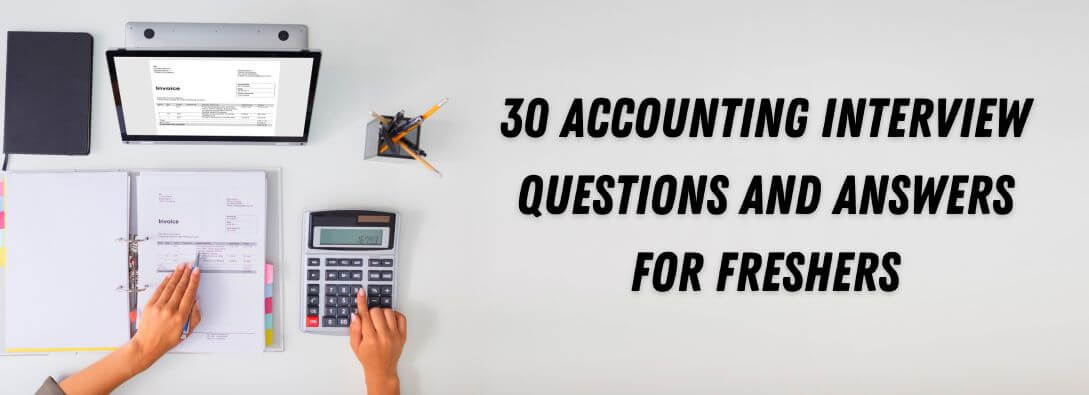
How to Introduce Yourself: 10 Tips for a Memorable First Impression
A well-executed introduction can set the tone for any new relationship or interaction. First impressions matter, so having an impactful self-introduction ready can give you an advantage in almost any scenario.
Whether you're at a job interview, networking event, social gathering or simple everyday encounter, being able to confidently introduce yourself is a valuable skill. Read on for a complete guide to crafting a memorable self-introduction.
2. Importance of a Good Introduction
Your introduction is often the very first impression someone forms of you. A weak introduction can give the perception that you lack confidence or enthusiasm. On the other hand, a strong introduction makes you appear friendly, engaging and professional.
An impactful introduction can help you:
- Create a positive first impression
- Highlight your best attributes
- Establish credibility and trust
- Set the stage for building new relationships
Making introductions memorable while avoiding awkwardness takes practice. Follow the tips in this guide to help craft an effective introduction style.
3. Tips for a Memorable Self-Introduction
Here are 10 tips to keep in mind when introducing yourself:
Be Concise and Clear
Your introduction should be short, simple and easy to understand. Avoid rambling or providing too much detail upfront.
Example: "Hi, I'm [Your Name]. I'm a [Your Profession] with a passion for [Your Interest/Hobby]."
Show Enthusiasm
Smile, make eye contact and speak with energy to show you are approachable and excited to connect.
Example: "I'm thrilled to be here at [Event Name] and looking forward to meeting fellow [Industry] professionals."
Tailor to the Situation
Adjust your introduction based on the setting and audience. Highlight achievements in professional settings or share hobbies and interests in social settings.
Example: "Professionally, I have 10 years experience in [Your Field]. Personally, I love [Your Interests]."
Include a Fun Fact
Adding an interesting or quirky personal detail makes your introduction fun and memorable.
Example: "I'm on a mission to visit every national park before I turn 40."
Maintain Eye Contact and Smile
This displays confidence and creates a warm, trustworthy impression. Avoid looking down or checking devices.
Listen After You Introduce Yourself
Don't just deliver your introduction and walk away. Show interest in learning about the other person too.
Have a Strong Handshake
A firm handshake demonstrates confidence and leaves a positive impression.
Avoid Long Pauses or Filler Words
Say your name and introduction clearly without insertions of "um" or "uh". Pause briefly between sentences instead.
Practice Out Loud
Rehearse your introduction until it sounds natural. Practice makes perfect.
Be Authentic
Your introduction should represent your genuine personality and interests. Don't pretend to be someone you're not.
4. Examples of Effective Introductions
Here are examples of great introductions adapted to different settings:
Professional Setting
"Hello, I'm [Your Name]. I have over 10 years experience in [Your Industry] and specialize in [Skill]. Most recently, I [Achievement or Project]."
Networking Event
"Hi there, I'm [Your Name], an [Occupation] passionate about [Cause]. I joined this event to connect with others interested in [Industry], and I'm excited to learn more about your work."
Social Gathering
"Hey, I'm [Your Name]. I work in [Your Field], but my passion outside work is [Hobby]. What do you enjoy doing?"
Job Interview
"Good morning, my name is [Your Name]. I have a background in [Relevant Work Experience] and strong expertise in [Key Skills]. I'm highly interested in this [Job Title] role based on [Reason You Want the Job]."
5. Common Mistakes to Avoid
While introducing yourself, beware of these common slip-ups:
- Being too lengthy or formal
- Not adapting your intro to the situation
- Sounding unnatural or rehearsed
- Talking too much about yourself without showing interest in others
- Forgetting or mumbling your name
- Sharing irrelevant personal details
- Having a weak handshake or poor eye contact
Avoid these mistakes, and your introduction is sure to make a great first impression.
6. Practicing Your Introduction
Improving your self-introduction takes practice. Try these tips:
- Rehearse out loud in front of a mirror or record yourself on video
- Pay attention to body language and eye contact
- Time your introduction to keep it under 30 seconds
- Practice on friends or colleagues to improve your delivery
- Adjust your wording or emphasis based on feedback
Focus on sounding natural, conversational, and confident. The more practice, the easier introducing yourself will become.
7. Conclusion
Here is a potential conclusion paragraph for the article:
Being able to introduce yourself effectively is a valuable skill set in life. Whether you're at a job interview, networking event, or casual social gathering, how you present yourself initially can shape the impression you make. Follow the tips outlined here to craft a self-introduction that is concise, enthusiastic, tailored to the situation, and authentically reflects your personality. With practice and preparation, you can master the art of introducing yourself in a way that leaves a positive, memorable impact on those you meet. Approach new encounters with confidence, apply these strategies and set yourself up for success as you navigate any social or professional scenario requiring introductions. You have the power to make a great first impression.



